Which Sunglasses Lens Color is the best for Sports?

When you engage in outdoor sports or outdoor activities, you would probably always bring your sunglasses with you. Do you know that specific colored lenses are more suitable for certain sports type and protect your eyes better? A pair of sunglasses should do more than just protecting your eyes from UV light. Depending on the lighting conditions, environment and other factors related to your preferred sport, you need to use different sunglasses lens filter tint to offer the best protect your eyes , enhance visual acuity , color contrast and visual comfort.
As an example, the best sunglasses filter tint for volleyball on a sunny day at the beach will be too dark for golfing on an overcast or partly cloudy day.
While this guide describes sports sunglasses filter tints recommended by many eye care professionals. You will find more than one color options could be recommended for the same sport. You should experiment with lens colors and densities to find the combination that you feel most comfortable in.
Each lens color has its own pros and cons when being used for different sport, under different conditions. Therefore, the best sports lens tints for optimizing performance are purely personal preferences. A lot of sports enthusiasts will use different color filter tint for performing a particular sport under different weather conditions.
Here are some general guidelines for you to consider:
Guidelines on Sunglasses Lens Tint for Sports
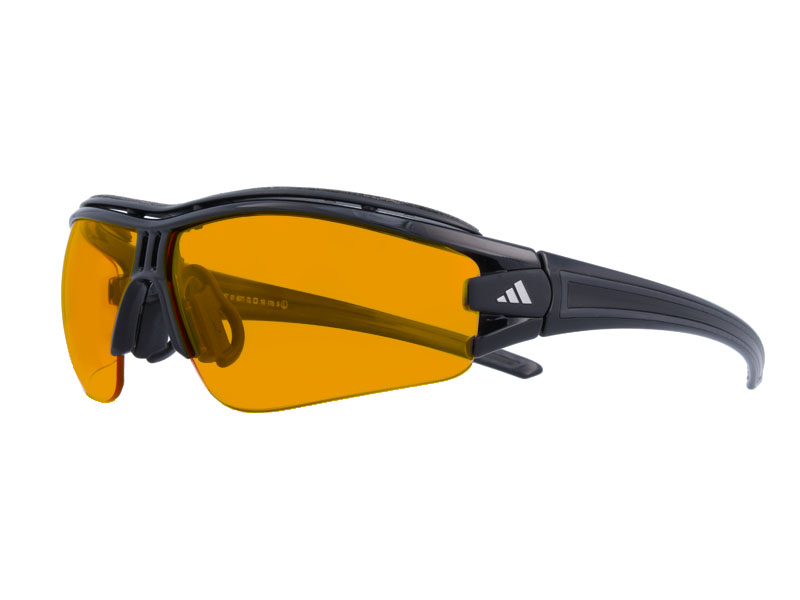
Orange or yellow lens sunglasses are mostly used for cycling, hunting, shooting, skiing, snowboarding, indoor basketball, handball, racquetball and tennis
Yellow or orange enhance contrast and depth perception in overcast, hazy, low-light conditions outdoors or for indoor sports. They also filter blue light to create sharper focus.
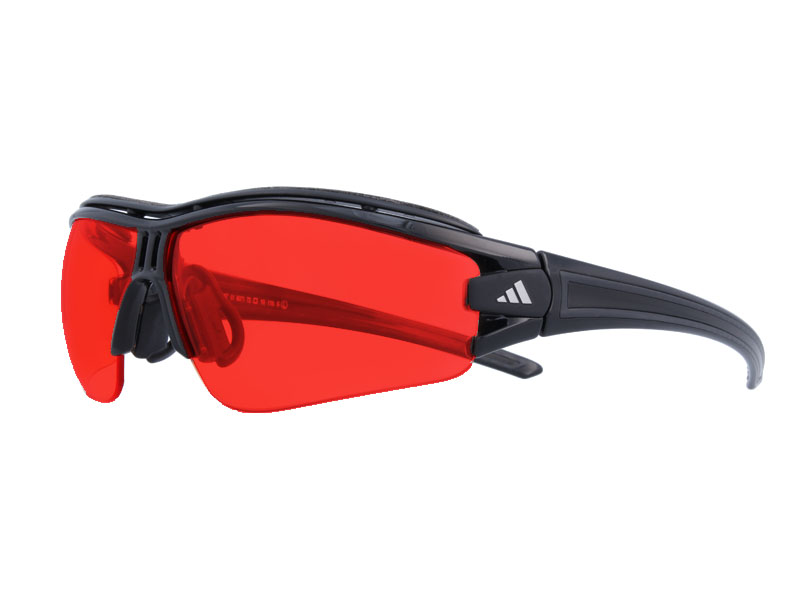
Amber rose or red lens sunglasses are generally used for cycling, fishing (at sandy lake or stream beds), hunting, shooting, skiing, snowboarding and watersports. The colors of amber, rose or red enhance contrast in partly cloudy and sunny conditions, but may cause significant color imbalances.
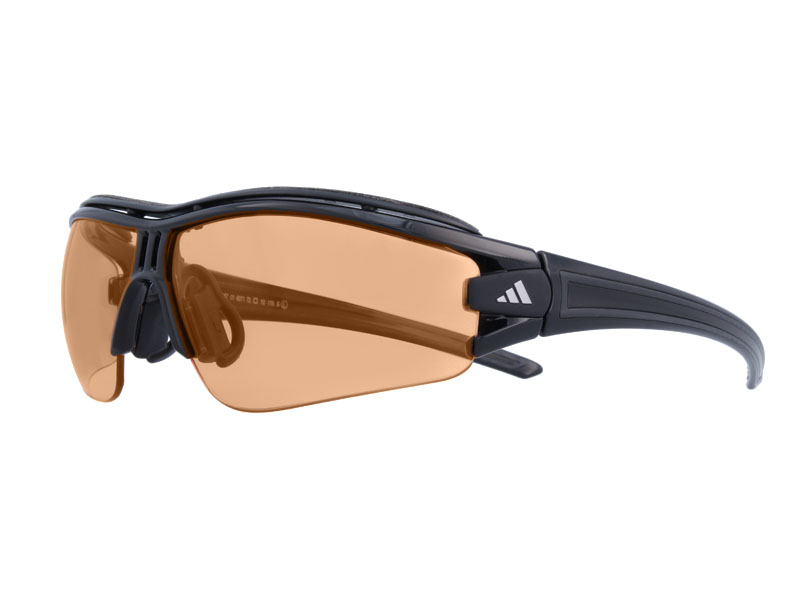
Dark amber, copper or brown (includes melanin) are recommended for baseball, cycling, fishing (especially in waters with grassy bottoms), golf, hunting, skiing and water sports (includes melanin lenses). These colors block high amounts of blue light to heighten contrast and visual acuity and are particularly useful to improve contrast on grass and against blue skies.
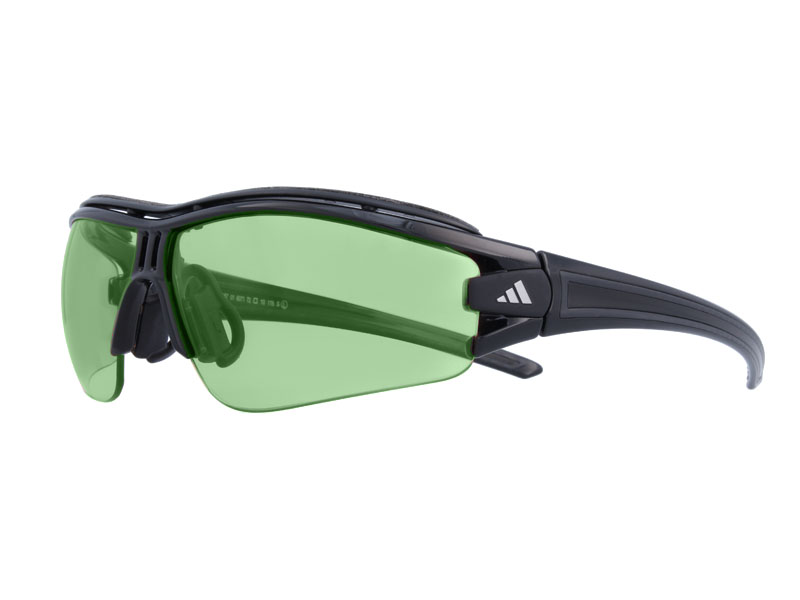
Use green lens sunglasses for baseball and golf. Green lens heightens contrast while preserving color balance.
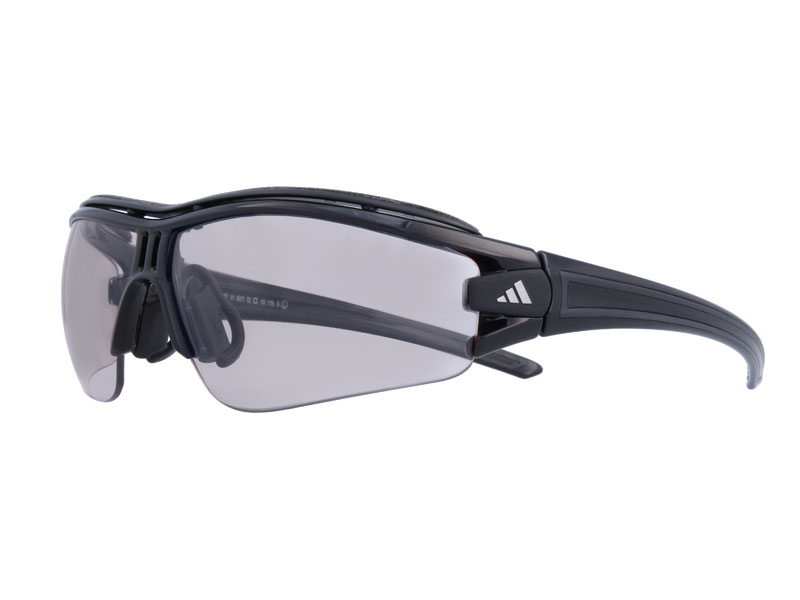
Consider grey lens for all outdoor sports in bright light conditions. Grey lens reduces overall brightness while preserving 100 percent normal color perception.
If you participate in several sports or in a variety of lighting conditions, consider purchasing more than one pair of sport sunglasses, with different lens filter tints in each pair. Some sport sunglass frames have interchangeable lenses or replacement lenses so you can customize your filter tint for different activities and conditions.
Another option is sport frames with photochromic lenses. These light-sensitive lenses darken automatically in response to sunlight. They help athletes see their best in a variety of lighting conditions. These lenses darken automatically in response to sunlight and the lens tint fades or disappears when in shade or after the sun sets.
The largest manufacturer of lightweight, impact-resistant photochromic lenses is Transitions Optical. Because of the popularity of this brand, photochromic lenses sometimes are called “transition lenses.”
Photochromic lenses are terrific for golf, where you move frequently from bright sunlight to shade or dusk during the course of a round.
However, for the ultimate light-control sports glasses, many eye care professionals recommend polarized lenses to photochromic lenses to eliminate glare from the “bounce-back” of light from the back surface of the lenses when the sun is behind you. Or you could also consider polarized lenses
Lenses that come with impact resistant coating or unbreakable polycarbonate or Trivex lenses are always a good choice for sport activities. Even if you do accidentally knock the glasses off or have a mishap, they are much less likely to incur damage.
Personalized Sports Eyeglasses

Getting the best possible eyewear to maximize your sports performance starts with your eyeglass prescription. Schedule an eye exam with an eye doctor near you. The type of sport sunglass lenses needed might vary with different vision correction needs. You should also ask for the eye doctors’ recommendation on the appropriate lens color to opt for with different indoors and outdoors sports
The proper fit of sports eyewear is very important for both safety and comfort. The frame of the glasses is important. Normal frames are usually chosen for how they look – not how they perform under impact. For this reason, you will also need to ensure that your frame for sports glasses is just as durable as the lenses.
When it comes to achieving your personal best in sports, remember that excellent vision is a key factor in athletic performance. Put sports eyewear at the top of your list when you shop for gear and accessories to enhance your game.




Comments
Leave a Comment